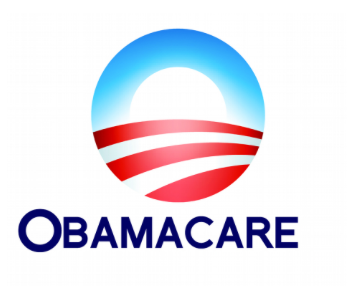Obamacare: The Road So Far

The Affordable Care Act, colloquially known as Obamacare, has been the focal point of much political strife over the past few months. Most Republicans, especially members of the Tea Party, ardently oppose the act, yet a majority of Democrats firmly support the plan. Before delving into the latest advancements, let’s first examine the act’s long and turbulent past.
Obama actually signed the Affordable Care Act on March 23, 2010 as a convenient way to reform a health care industry plagued by woes. The act was deemed constitutional and upheld by the Supreme Court on June 28, 2012. Contrary to popular belief, the act focuses on health insurance, not health care itself (i.e. doctors and hospitals). The main issue with the healthcare industry is finding the right health care coverage (aka insurance) that benefits both the patient and the hospital. Obamacare is meant to remedy the problems of most Americans who cannot afford or obtain health care, either because of skyrocketing premiums or pre-existing conditions. Health insurance companies want to pay the least amount of money possible while maximizing profit, so they are less inclined to take on clients that are either likely to default on their payments or are so ill that they require extensive medical treatment. Most Americans receive health care through their employer, yet recent unemployment rates show that most Americans do not have this sort of coverage. Thus, Obamacare was born.
The Affordable Care Act’s aims are simple: provide every American with the health care coverage they need to be able to seek medical treatment. It offers several provisions that are specifically designed to compensate for the problems of the previous system. This includes letting young adults stay on their parents’ insurance policy until age 26, prohibiting insurance companies from ‘dropping’ patients when they become ill, preventing gender and sexual orientation discrimination, preventing rate hikes and forcing all insurers to cover people with pre-existing conditions. It also allows for emergency services and prenatal care coverage, as well as free preventative services like immunizations. It sounds like a pretty nice deal, right? Then why are some Republicans so set against the act?
A series of tax increases accompanies the act, especially for wealthier classes and large industries. This caused great outrage, and the bulk of the Republicans’ case rested on the idea that few Americans are truly uninsured. Additionally, they also argued that the act itself was unconstitutional, as it bent the will of the Constitution to meet the whims of Congress. However, both these points have been proved virtually irrelevant. The New York Times reported that in 2012, 15.4% of Americans were uninsured. That amounts to almost one-fifth
of the country, or 48 million Americans. Honestly, that seems pretty statistically significant. Secondly, the Supreme Court already ruled on the constitutionality of the act in 2012, and they saw no issue with it. Sadly, this was not good enough for Tea Party members of the Republican Party.
The Affordable Care Act was actually one of the root causes of the government shutdown. Tea Party members refused to compromise on the act, which led to the 16-day suspension of government activity and a $24 billion loss for the economy. Eventually, however, a mutual agreement was reached and the Affordable Care Act was given the go-ahead. It should have been smooth sailing from there on out, right? Wrong.
After the launch of the new health care.gov website, a host of technological difficulties ensued. Users lamented the slow speeds and overall navigation difficulty. Allegedly, only six people signed up for health care on the day it was released. Additionally, 16 states, including California,
launched their own health care websites. Though these sites are easier to navigate, consumers are still confused as to which site to use: state specific, or overarching? T
he numbers for users have also been far under the predicted capacity. A projected 500,000 people were expected to sign up for plans within the first month, yet only a measly 126,000 were able to complete the process. This led to Obama’s press conference last week, in which he discussed making the transition from an old plan to a new one (for those who already had health care) a much more gradual one. Now, Americans can stay with their existing plan until the start of 2015. In addition, Obama added an incentive to those uninsured Americans who have yet to pick a plan: a fee for those who do not obtain coverage by 2014. He also promised a decrease of technical issues and lightly touched on the difference between the state specific and federal websites. However, it is unlikely that the projected 7 million Americans will transition to a new plan by March.
Although the Affordable Care Act has faced some hardships, hopefully the benefits will far outweigh the difficulties and cost. Obama proposed that the changes in the system will begin gradually rolling out this year, and will continue until 2022. That is the road so far, and hopefully, the road ahead will be much brighter.





